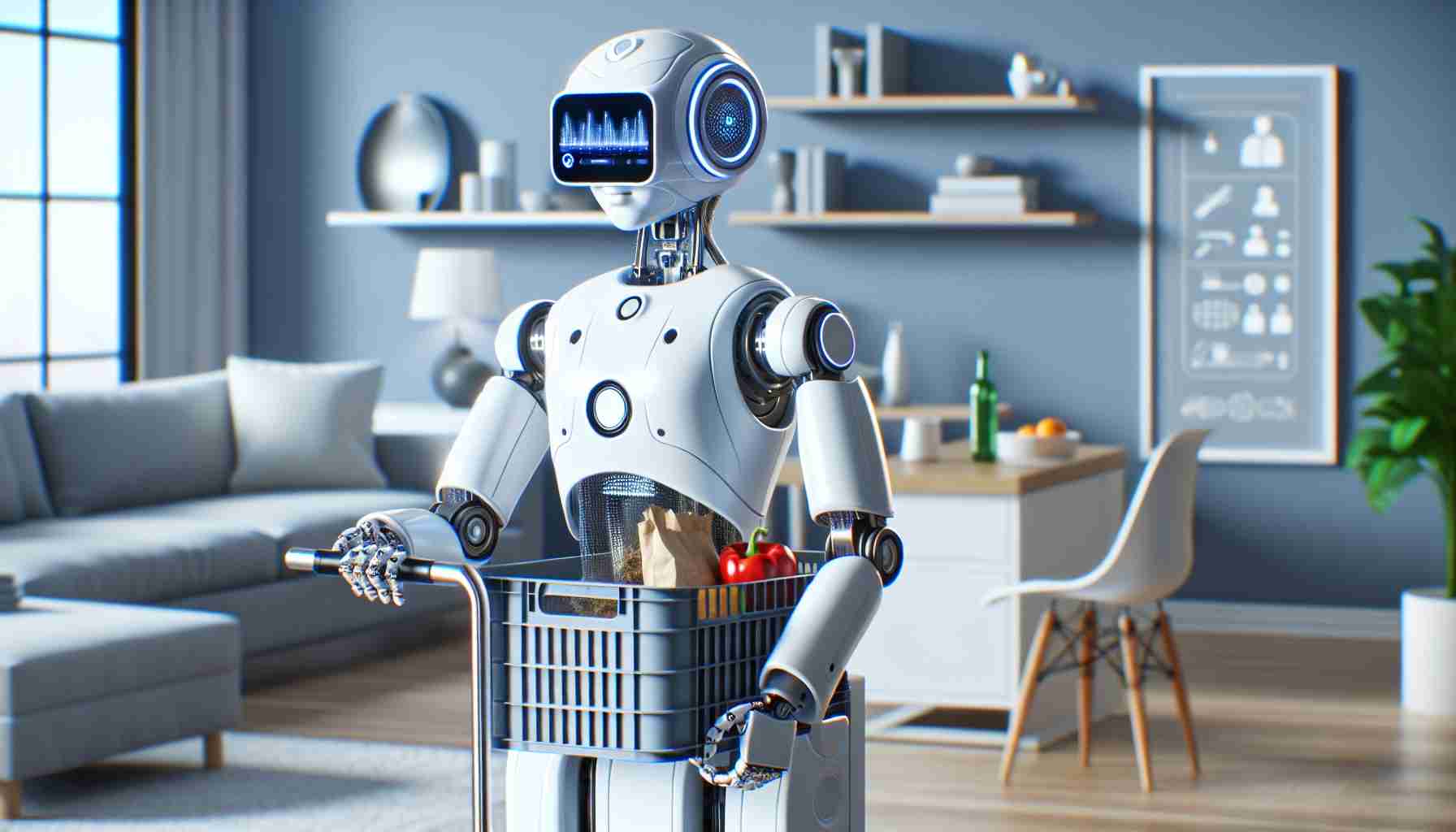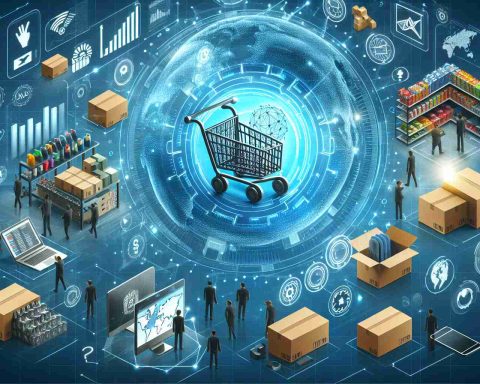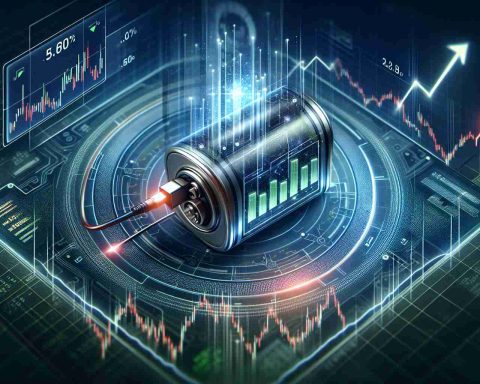The Rise of Humanoid Robots
Humanoid robots are advancing rapidly, powered by cutting-edge artificial intelligence (AI). These machines, designed to mimic human appearance and behavior, are on the cusp of revolutionizing our daily lives. Jensen Huang, the CEO of Nvidia, recently expressed his certainty that these robots will soon surpass our expectations, showcasing their potential in various sectors.
According to industry estimates, the humanoid robot market was valued between $1 billion and $2.5 billion in 2024. This figure represents primarily research and development, as the technology is still in its infancy. However, forecasts predict explosive growth. Goldman Sachs recently predicted that the total addressable market could skyrocket to $38 billion by 2035, reflecting a robust increase in both production and investment. Other projections, like one from Technavio, view the market reaching an astonishing $59.2 billion by 2029.
Nvidia is strategically positioned in this burgeoning field. The company has pioneered AI chip technology that powers the brains behind many robotic systems. With the launch of its Project GR00T, Nvidia aims to streamline the development of humanoid robots, facilitating better communication and movement through generative AI.
As this sector continues to grow, Nvidia’s innovations in robotics may represent an enticing opportunity for investors looking towards the future of automation and AI. The age of humanoid helpers is just around the corner!
The Broader Impact of Humanoid Robots
The advent of humanoid robots is poised not only to transform our interactions with technology but also to redefine societal norms and economic structures. As these intelligent machines become more integrated into various industries, their influence on the global economy can hardly be overstated. The anticipated growth in production and investment, potentially propelling the market to nearly $60 billion by 2029, highlights a shift where humanoid robots could significantly boost productivity. This could lead to job displacement in certain sectors, sparking a debate about the ethical implications of automation versus employment.
Culturally, the rise of humanoid robots introduces a myriad of implications regarding human identity and relationships. As robots take on roles traditionally held by humans, from companionship to caregiving, society may need to confront the psychological and emotional ramifications of interacting with sentient-like beings. This phenomenon raises questions about empathy, connection, and the essence of companionship in an increasingly automated world.
Additionally, the potential environmental effects of humanoid robotics should not be ignored. As robotics technology evolves, the energy consumption associated with deploying these machines will be critical. Sustainable practices in design and programming will be essential to minimize their carbon footprint and contribute positively to ecological preservation.
In summary, while the technological advancements in humanoid robots promise enhanced efficiencies and conveniences, the ramifications on society, culture, and the environment require careful consideration and proactive dialogue moving forward.
The Future is Here: How Humanoid Robots Are Set to Transform Our World
The Rise of Humanoid Robots
Humanoid robots are quickly becoming a significant player in the technology landscape, showing potential to change our daily lives and various industries. This rapid evolution is powered largely by advancements in artificial intelligence (AI) and robotics technologies.
Market Trends and Growth
The humanoid robot market has seen impressive growth, with estimates placing its value between $1 billion to $2.5 billion as of 2024, primarily driven by research and development efforts. However, projections indicate an astronomical rise, with Goldman Sachs forecasting a potential growth to $38 billion by 2035. Moreover, Technavio’s analysis suggests the market could reach a staggering $59.2 billion by 2029, showing a clear trend towards increased production and significant investment opportunities.
Innovations at the Forefront
Nvidia is at the forefront of this robotic revolution, leveraging its advanced AI chip technology to power numerous robotic systems. One of their flagship initiatives, Project GR00T, aims to enhance the development of humanoid robots by utilizing generative AI to improve their communication and movement capabilities, thereby creating more responsive and efficient machines.
Pros and Cons of Humanoid Robots
Pros:
– Enhanced Efficiency: Humanoid robots could automate tedious and repetitive tasks across various sectors, such as manufacturing, healthcare, and customer service.
– Improved Interaction: Their human-like appearance and behavior allow for better interaction in social settings and customer service roles, enhancing user experience.
– Scalability: The integration of humanoid robots into businesses can scale operations without the proportional increase in workforce costs.
Cons:
– High Costs: The development and deployment of humanoid robots can be expensive, making it a significant investment for companies, especially smaller businesses.
– Ethical Concerns: There are ongoing debates about the ethical implications of using humanoid robots in sensitive roles, particularly in care settings or employment.
– Job Displacement Risks: As with many automation technologies, there are concerns about humanoid robots potentially displacing jobs traditionally performed by humans.
Use Cases and Applications
Humanoid robots are becoming applicable across various fields:
– Healthcare: Assisting with patient care, monitoring health statistics, and providing companionship.
– Customer Service: Engaging with customers in retail environments, answering queries, and facilitating sales.
– Education: Serving as interactive tools that can assist in teaching and training.
Limitations and Challenges
Despite their potential, humanoid robots still face substantial limitations. Their development requires extensive resources and expertise in AI, and the technology has not yet achieved full autonomy. Moreover, ensuring their safety, reliability, and ethical deployment is paramount as they become more integrated into everyday life.
Security Aspects
The integration of humanoid robots raises important security and privacy concerns. Ensuring that these robots do not compromise sensitive data or become vulnerable to hacking is critical. Additionally, robust security measures must be established to protect users interacting with these systems.
Sustainability Insights
As the humanoid robot market expands, it is vital to consider sustainability. Developing eco-friendly robots that minimize energy consumption and utilize sustainable materials will be crucial to counteracting potential environmental impacts.
Predictions for the Future
Looking forward, experts suggest that humanoid robots will gradually integrate into our daily lives, becoming staples in sectors that value automation. Continued advancements in AI, machine learning, and robotics will support this evolution, leading to more sophisticated, capable humanoid systems that enhance productivity and efficiency.
For those interested in exploring more about the capabilities and future of robotics, visit Nvidia’s official page for the latest innovations and insights.
In conclusion, as the technology behind humanoid robots continues to progress rapidly, they are poised to become a prominent fixture in our future, transforming how we live and work.












